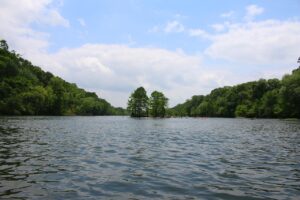Is protecting 1 percent of our Planet enoughn to stop animal extinction ?
The planet is dealing with what conservationists have labelled the tremendous extinction of lifestyles on Earth, now an worldwide group of researchers have pinpointed the actual places need to be protected to avoid the crisis.

preservation the 1.22 per cent of the Earth’s land mass should shop the bulk of uncommon and threatened species, in accordance to the conservationists.
The researchers mapped out the Earth’s land mass the use of biodiversity statistics to locate areas presently unprotected with the aid of conservation efforts that are domestic to massive numbers of uncommon and threatened species.
there 16,825 web sites that conservation efforts need to be centered on.
Two million vertebrates, bugs and plant life are at danger of extinction, in accordance to United Nations estimates.
That equates to one in 4 of Earth’s animals and plant life at danger of being wiped out , overwhelmingly due to human influences consisting of deforestation, local weather alternate and human improvement encroaching on natural resources .
But if all Places totalling round 164 million hectares – have been competently protected, most anticipated extinctions may want to be prevented.
These places are domestic to over 4,700 threatened species in some of the world’s .
This does not only include mammals and birds ,however additionally range-restricted amphibians and uncommon plant species.

Just three nations ,the Philippines, Brazil and Indonesia are domestic to 8590 places in want of protection, amounting to greater than 1/2 of the world total.
Australia ranked in fifteenth vicinity with 137 key conservation sites, amounting to 35,705 rectangular kilometres of land centered on the Eastern Australian temperate forests stretching from the NSW South Coast up to southern Queensland.
whilst the conservationists say defending these areas is “affordable and doable.
researchers say that protecting defending simply the web sites placed in the Tropics would value roughly $34 billion per yr over the subsequent 5 years.
“This represents much less than 0.2 per cent of the United States’ GDP, much less than nine per cent of the annual subsidies benefiting the world fossil gas industry,
Effects to guard biodiversity can additionally assist stave off the adverse consequences of local weather change, as the Earth’s woodland cowl acts as a carbon sink.




